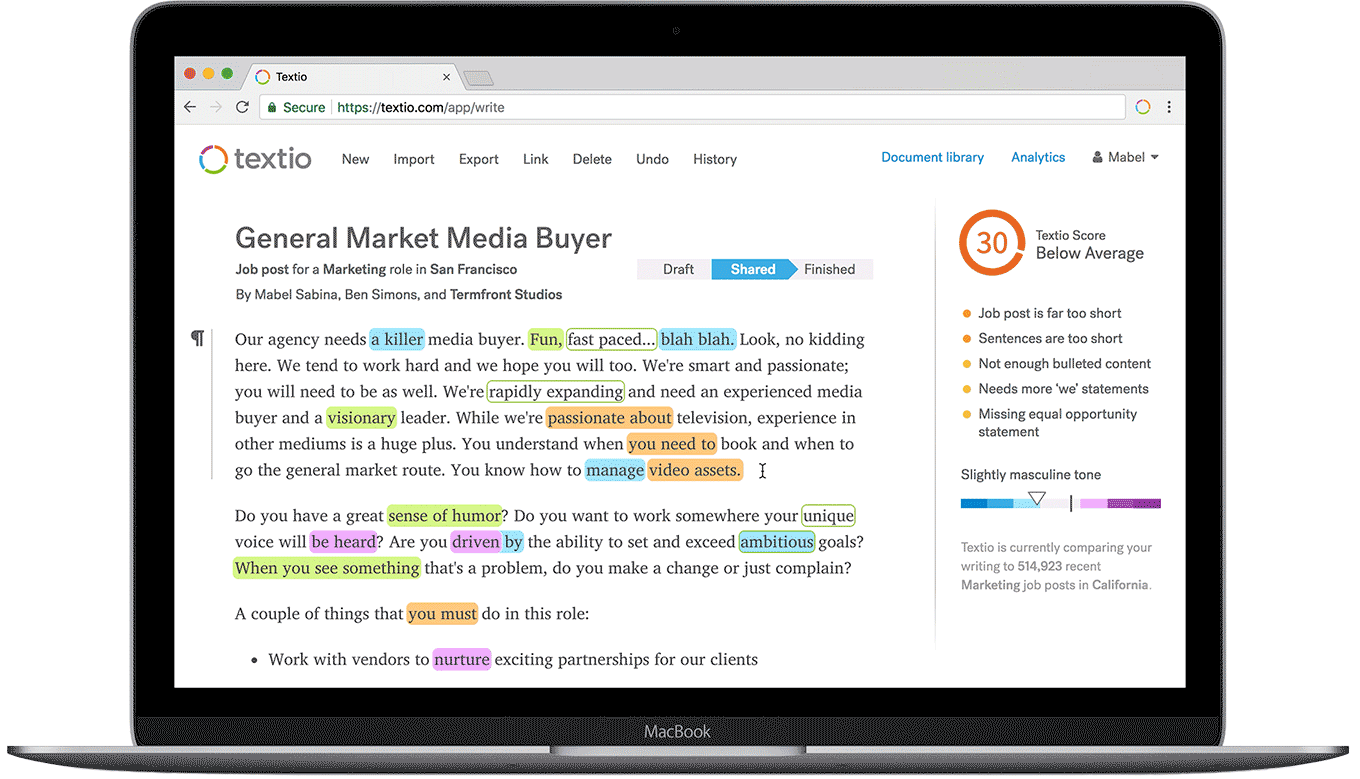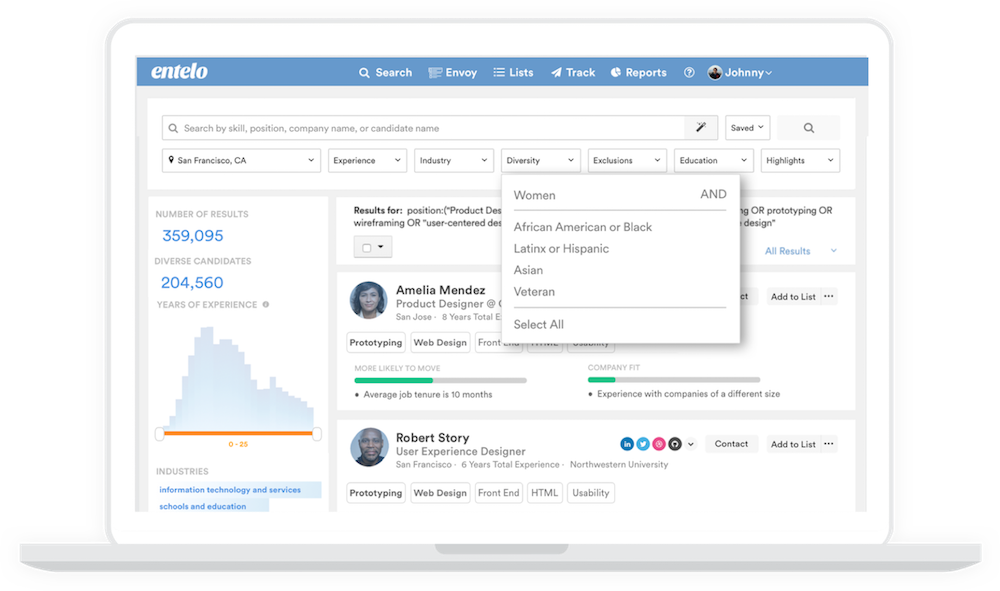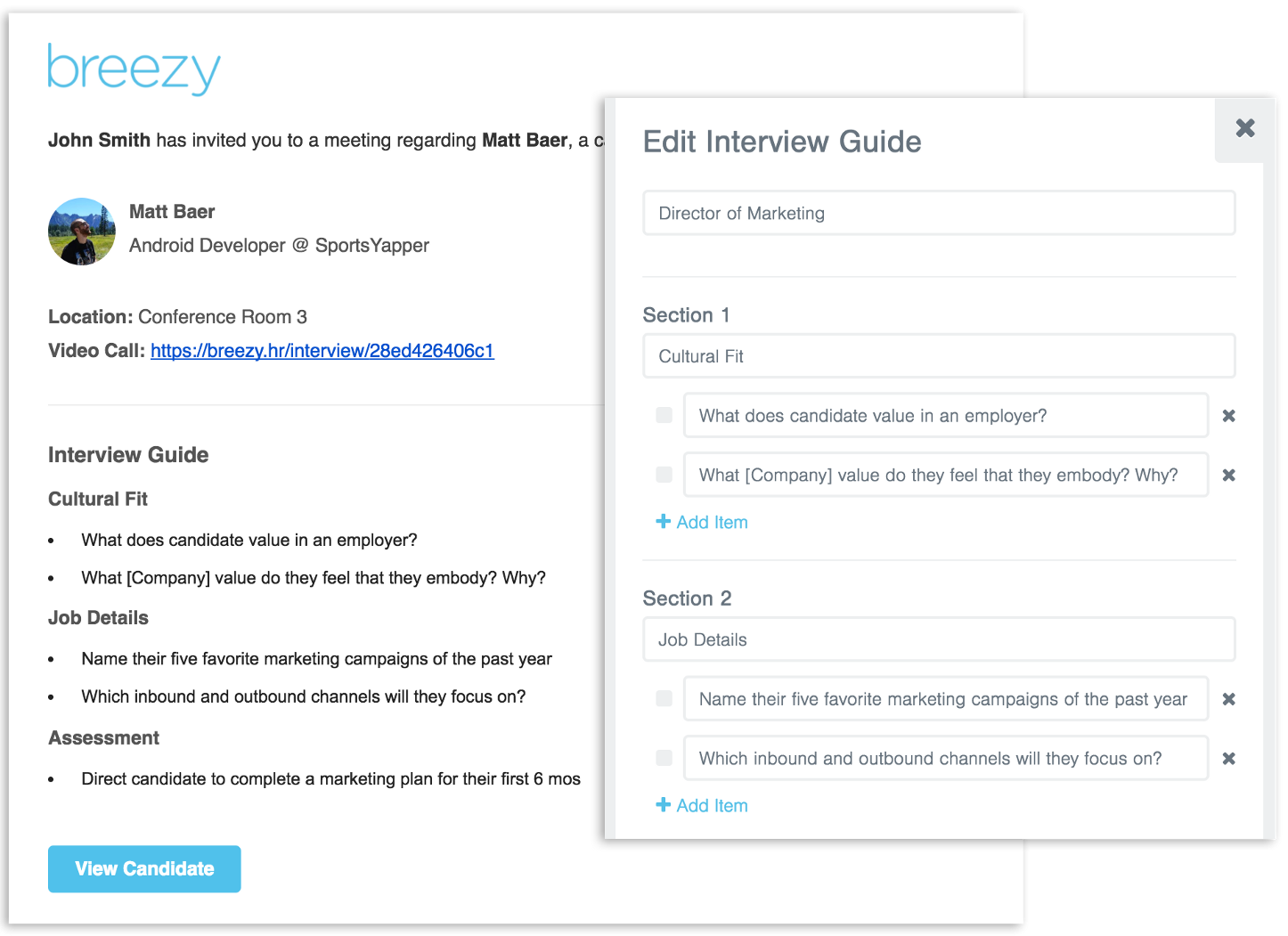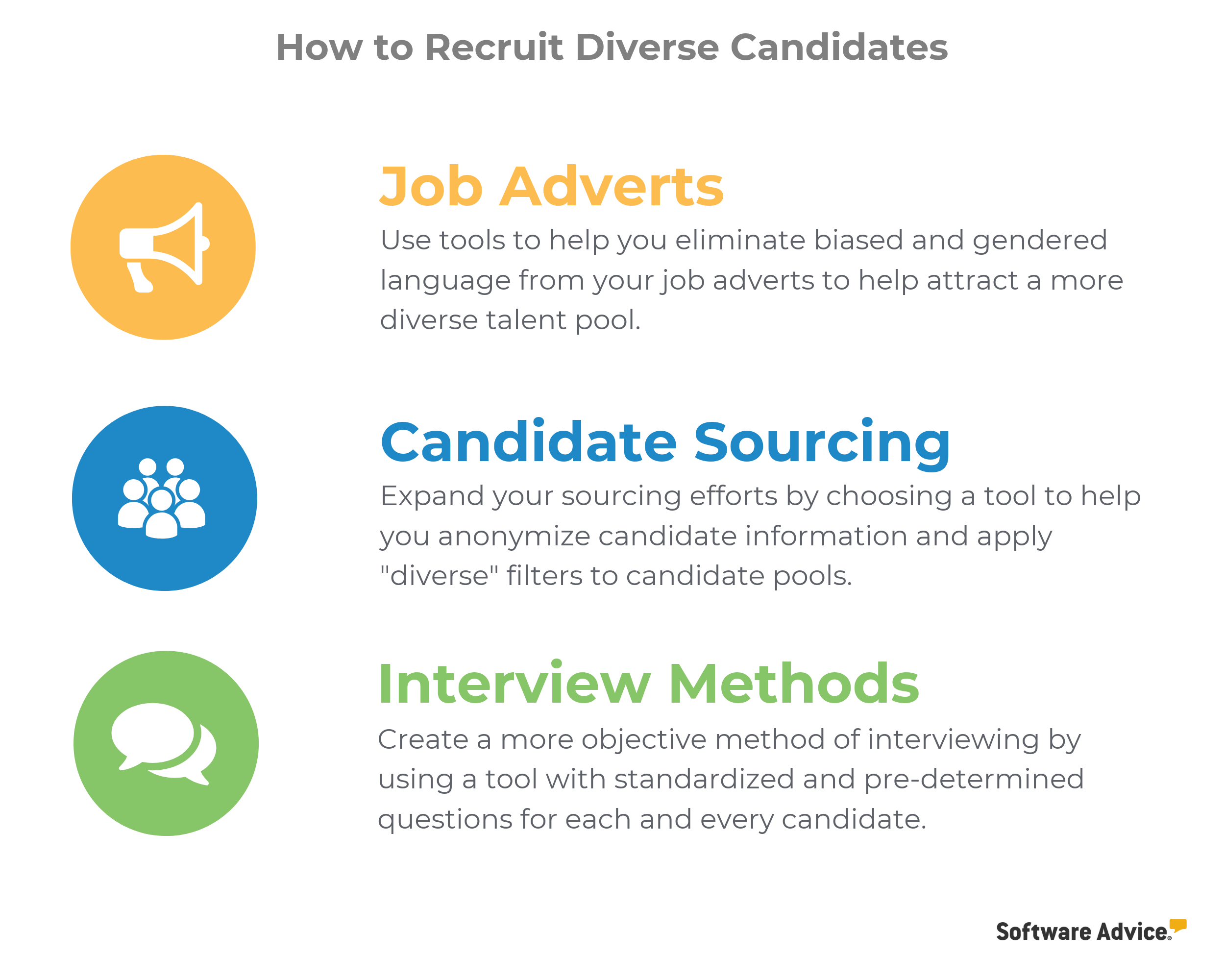How to Recruit Diverse Candidates: Identify Your Own Biases First
“How do I recruit diverse candidates?” is the question on almost every hiring manager’s mind. Why? For two simple reasons: A diverse workforce boosts revenue and improves workplace culture and productivity.
But businesses can’t recruit on diversity alone. Under laws enforced by the Equal Employment Opportunity Commission, it’s illegal to discriminate against race, color, religion, sex, age and many other protected characteristics. Recruiting solely on the basis of a diversity quota also puts you at risk of overlooking the most qualified candidates.
A better way of approaching diversity hiring is by identifying intrinsic biases in your hiring and recruiting processes and taking steps to address them. This should be the top priority for almost 80 percent of hiring professionals who say that diversity is now the most important factor in their hiring processes.
Recruiting and hiring biases are hard to overcome, but businesses who actively seek out diversity tools and software that strip away such biases will be able to build a more inclusive environment for hiring diverse candidates.
In this article, we’ll look at the different areas of the recruiting and hiring processes where biased practices can creep in, and how to recruit diverse candidates using the right software.
Common Recruiting and Hiring Biases
Practice #1: Posting Exclusionary Job Adverts
Practice #2: Relying Too Heavily on The Same Sourcing Methods
Practice #3: Using Unstructured Interview Methods
Common Recruiting and Hiring Biases
There are many recruiting and hiring biases that can setback the creation of a diverse workplace—we’ve written about them extensively. To give you a sense of what kind of biases creep in during the recruiting and hiring process, let’s check out some of the most common:
Confirmation Bias
Confirmation bias occurs when those hiring create a hypothesis in their minds about the candidate and aim to confirm it by eliciting information that will support that assumption.
Example: The candidate attended an Ivy League school, and because of this, you believe that the candidate will automatically be the best performer. You’d then ask questions about their Ivy League education to elicit answers to confirm what you believe.
Anchoring
Anchoring is the practice of relying too heavily on just one piece of information about the candidate.
Example: You overvalue and focus on the candidate’s Ivy League education while ignoring other aspects of their experience.
Stereotyping
Stereotyping happens when you attach expectations to a candidate based on certain characteristics.
Example: You believe that all Ivy League graduates are of a higher caliber than other graduates.
Read More About the 10 Types of Cognitive Biases That Affect Hiring Decisions
There are many more biases that present themselves during the recruiting and hiring process, but in this article we’re going to explore some of the hiring practices that recruiters and hiring managers carry out with unintentional bias. This is based on research by Gartner (full content available to clients), who advise that businesses can increase diversity by:
“…surgically refining employee referral programs, improving job descriptions and broadening pipelines to include long-term planning to attract candidates that yield diverse perspectives”
We’ll also look at some of the software and tools you can use to help you eliminate these potential biases and help recruit diverse candidates.
Practice #1: Posting Exclusionary Job Adverts
Numerous studies have shown that the language that you use in your job descriptions can discourage diverse candidates from applying to roles. This is often because hiring managers and recruiters have often already profiled their “ideal candidate” before writing the job description (yet another example of unconscious bias).
Job descriptions regularly contain gendered language and “masculine” words which can put women off of applying for a job that they’re fully qualified for. On the other hand, job descriptions that use gender-neutral language receive 42 percent more responses overall.

Textio’s augmented writing tool analyzes job descriptions for inclusive language (Source)
Augmented writing tools such as Textio use artificial intelligence to analyze job descriptions, and highlight instances of possible gendered language while offering alternative phrasing. The tool also predicts the likelihood of how different people will perceive the job advert, and the likelihood of applying.
Practice #2: Relying Too Heavily on The Same Sourcing Methods
While employee referrals are often cited as the top source of new hires, Gartner believes that a heavy reliance on this sourcing method can lead to a less-diverse workforce—especially in the tech startup industry (full content available to clients).
In fact, recent research shows that employee referrals overwhelmingly benefit white men more than any other demographic group. Organizations who want to build a more diverse workplace need to expand their on their usual sourcing techniques, and/or use tools to help them recruit diverse candidates.

Entelo diversity hiring tool allows users to filter for “diverse” candidates (Source)
Entelo is a candidate sourcing platform that enables users to find diverse candidates on the basis of gender, race, ethnicity and even veteran status. This tool also allows you to search in “unbiased sourcing mode,” to help prevent bias in the sourcing process by allowing users to anonymize candidate information while searching for and reviewing candidates.
Practice #3: Using Unstructured Interview Methods
Hiring managers use unstructured interviews because they can often feel less formal and allow the interview to flow a natural course. However, this method of interviewing can be fraught with bias, most commonly the similarity attraction bias. This means that hiring managers will often favor candidates that are most similar to themselves.
While unstructured interviews are often favored by interviewers, many studies have shown that they’re one of the worst predictors of future performance. Structured interviews, on the other hand, provide qualitative data and comparable responses in order to make hiring decisions that are data-based and more likely to provide reliable indicators of the candidate’s future performance.

Breezy HR software creates interview guides for structured interviews (Source)
Many HR tools have built in interview tools that allow interviewers to create a more objective method of interviewing candidates with structured interview questions. For example, Breezy HR can help you implement interview guides, create categorized questions (soft-skills, job experience etc) and assign scorecards to each section of the interview.
How to Recruit Diverse Candidates: Use Software to Avoid Bias
If you want to be successful with your diversity recruiting efforts, you’ll first need to identify the hiring and recruiting processes that may be tainted with bias. We’ve already given you a headstart: job adverts, candidate sourcing and interviews are common areas where bias can creep in.

Hopefully, this in-depth look at different kinds of biases has helped you identify some of your own. You must recognize your biases before you can actively work to minimize them and recruit diverse talent. Building a diverse workforce is the best way to gain new perspectives that give your business a competitive edge.
Check out this 60-second video with straightforward tips for recruiting diverse talent:
For help finding software to aid your diversity recruiting efforts, reach out to our team of software advisors. They’re equipped to ask the right questions to help you establish what your needs are, and will then provide you with a list of potential systems for you to consider.
Note: The information contained in this article has been obtained from sources believed to be reliable. The applications selected are examples to show a feature in context, and are not intended as endorsements or recommendations.